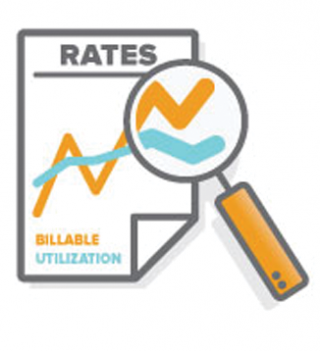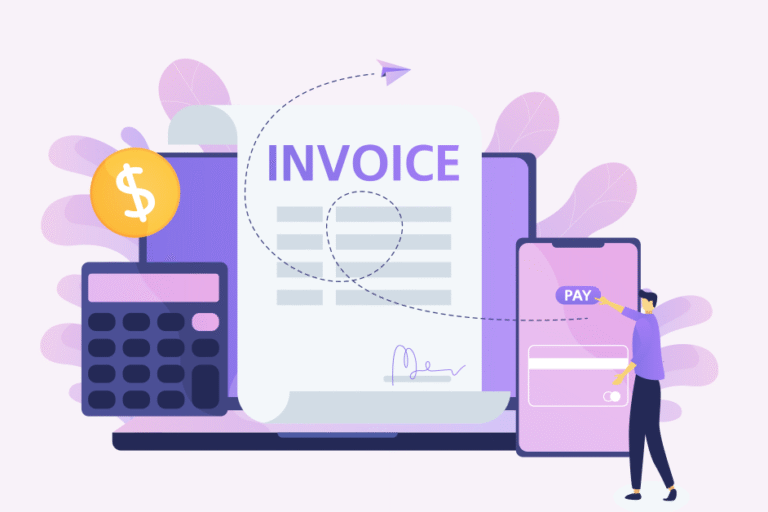The Business of Effective Timekeeping
02/06/2017 By Bill4Time Staff
Today, successful law firm owners have to start thinking less like lawyers and more like business owners. These leaders are looking beyond billable hours, implementing business practices and metrics to increase time-billing productivity and the bottom line.
Why You Should Measure Utilization Rates, Not Just Billable Hours
The utilization rate is the measurement law firms use to assess staff productivity. Every lawyer has a capacity for hours worked but utilization rate is a measure of how much time is actually spent on work that is billable to clients.
Utilization rate is calculated by dividing a lawyer’s billable hours by the lawyer’s maximum capacity of hours to work. So, if a lawyer works 2,500 hours in a year and bills 1,800 hours, her utilization rate for the year is 72 percent. While this sounds like a reasonable example, recent studies indicate that utilization rates may actually be much lower, especially at smaller firms. One industry study found that only 20% of time worked is actually being billed in the solo and two-attorney practices.
Billable hours should be evaluated in the context of utilization rate to compare employees, clients and overall firm performance.
What are the main causes of low utilization rates? Fifty percent of respondents (both big and small firms) in the industry survey found administrative and practice management tasks as the number one or two activities making up the bulk of non-billable work hours. Another consideration: attorneys may not be sufficiently recording and capturing their billable time.
One universal truth: lawyers gripe about filling out time sheets. “Many lawyers today just do not understand the impact of effective time keeping on the firm’s business,” notes Aileen Leventon, Principal of Edge International, a law firm consulting firm.
Increasingly, however, law firms are taking another look at time keeping, from management practices that encourage greater and faster compliance with time keeping tasks, to making staffing and expansion decisions based (in part) on time sheet data.
Make Timekeeping Relevant
Most law firms’ compensation structures are linked not to profits but revenues (explaining the need for more billable hours). Law firms generally do not have a strong handle on the costs of underlying legal work (or costs of working on specific clients or matters). This is a backward-looking focus that needs to change, says Leventon. “There’s nothing wrong with billing by the hour but you want to make sure everyone is productive. If everyone is only focused on how many hours they are billing, they are only looking at one part of the business equation.”
Effectively tracking time is the only way to understand the “cost of the sale” to a law firm. Leventon explains that if you spent 100 hours on a client but were only able to bill 10 hours, you have to evaluate whether this is a good use of firm time. You have to evaluate how you spent the other 90 hours. Was it business development, a write off or something else? Lawyers need to understand the relationship between revenues vs. costs. Lawyers also need to understand the value of keeping timely, detailed information and how it will ultimately impact their own compensation. “If lawyers are not compensated on their contribution to profitability, you can’t change their behavior.”
Using Time Data to Make Smart Business Decisions
“Timekeeping can be a useful tool when you are at a critical point with your business,” added Leventon. “Lawyers often take on all the cases they can and then decide whether or not to hire. When you feel you are at a break point, you can look at your data. Timekeeping data is invaluable when you are making business decisions about your firm.”
This point goes back to importance of accurate utilization rates. Leventon notes that looking at timekeeping helps firms determine whose time is frequently being written off or who does not have enough work. This information can help firms decide whether or not to hire and can also help assess staff performance.
With profit-level analysis, lawyers can answer tough questions like ‘do I need more people, or do I simply need more efficiency from my current staff? Do I need to raise rates, or should I just get rid of one unprofitable client.
Analyzing time billing records also lets firms strategically decide when (or if) to suggest flat-fees on certain routine tasks or transactions. Even when a client is not pushing for alternate fee arrangements, recognizing that fixed fees for certain routine services or matters can be more profitable and could result in a win-win.
“You can’t run your law firm like a business unless you are on top of your timekeeping. The whole house of cards falls if lawyers do not enter their time sheets in real time,” noted Leventon.





